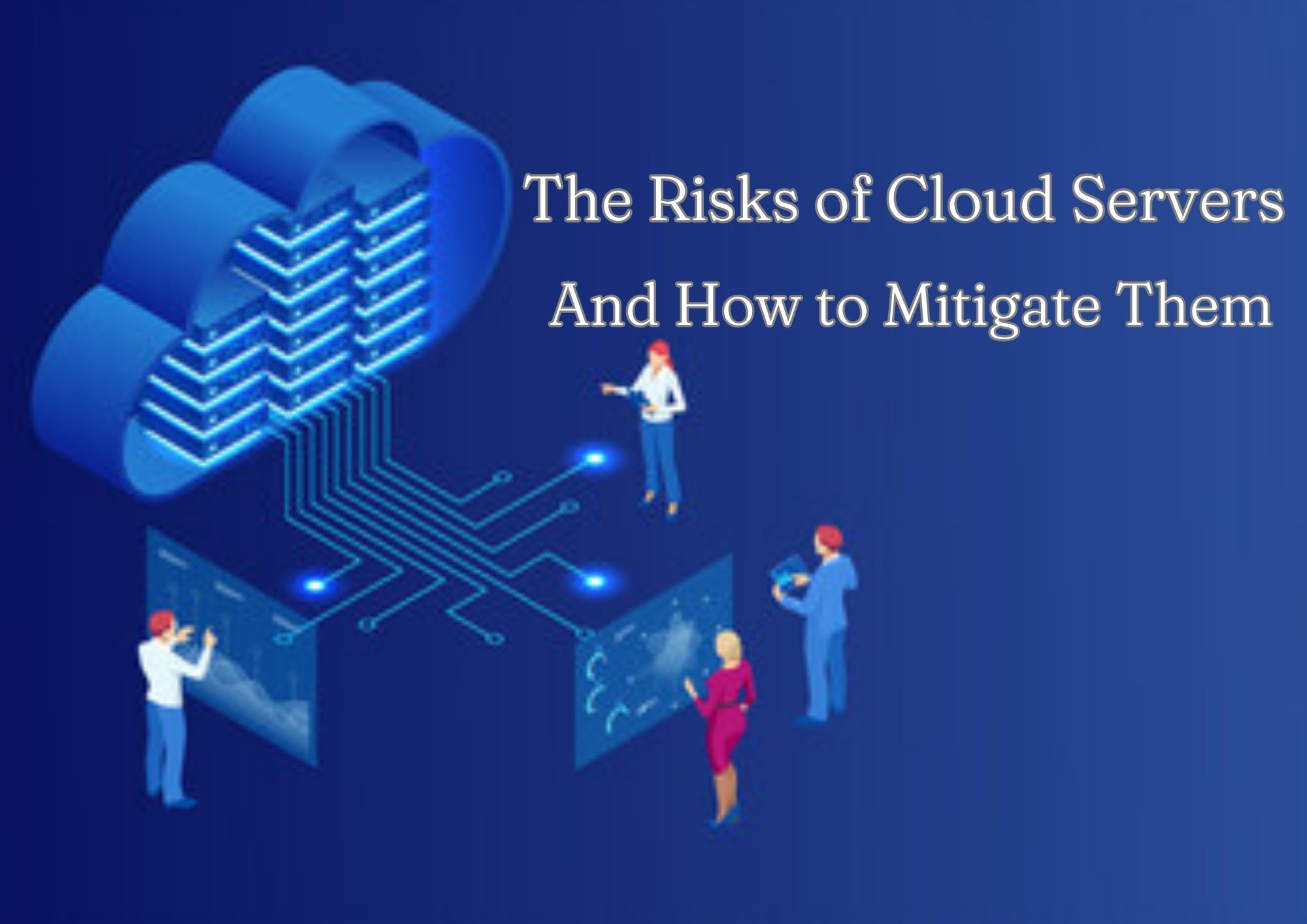
Introduction : The risks of cloud servers and how to mitigate
Cloud services have become increasingly popular over the years, offering businesses and individuals alike a cost-effective and convenient way to store and access data. However, with the benefits of cloud services come inherent security risks, including data breaches, loss of control over data, and unauthorized access. In this post, we will explore the risks associated with cloud services and discuss best practices for mitigating these risks.
Cloud Security Risks
One of the main risks associated with cloud services is security. Cloud security risks can include data breaches, unauthorized access, and loss of data control. Data breaches are a particular concern, as they can lead to loss of sensitive information, reputation damage, and financial loss.
Best Practices for Cloud Security
To mitigate cloud security risks, it is essential to implement best practices for cloud security. These best practices can include:
Data encryption: Encrypting data can help protect it from unauthorized access and ensure that it remains confidential.
Multi-factor authentication: Using multi-factor authentication can add an additional layer of security, requiring users to provide more than one form of identification to access data.
Regular updates and patches: Keeping software up-to-date and applying patches as needed can help prevent vulnerabilities from being exploited.
Access controls: Limiting access to data and systems to only those who need it can help prevent unauthorized access.
Monitoring and logging: Monitoring and logging can help detect potential security breaches and provide valuable information for investigating incidents.
Compliance Regulations for Cloud Services
In addition to implementing best practices for cloud security, it is essential to comply with regulations regarding cloud services. Compliance regulations can include data protection laws, industry-specific regulations, and contractual obligations. To ensure compliance with these regulations, it is necessary to:
Understand the applicable regulations: Familiarize yourself with the relevant regulations to ensure compliance.
Conduct regular assessments: Regularly assess your compliance with regulations to identify any potential areas of concern.
Keep accurate records: Keep accurate records of your compliance efforts to demonstrate your compliance with regulations.
Data Privacy in the Cloud
Data privacy is another top concern when it comes to cloud services. Data privacy risks can include unauthorized access, loss of control over data, and inadequate security measures. To protect data privacy in the cloud, it is essential to:
Use strong encryption: Strong encryption can help protect data from unauthorized access and ensure that it remains confidential.
Choose a reputable cloud provider: Choose a reputable cloud provider that prioritizes security and has strong privacy policies in place.
Implement access controls: Limit access to data and systems to only those who need it to prevent unauthorized access.
Disaster Recovery in the Cloud
Cloud services can also be valuable for disaster recovery, providing an off-site backup for critical data and systems. To ensure effective disaster recovery in the cloud, it is necessary to:
Develop a disaster recovery plan: Develop a comprehensive disaster recovery plan that outlines your organization’s response to various types of disasters.
Choose a reliable cloud provider: Choose a reliable cloud provider with a proven track record for disaster recovery.
Test your disaster recovery plan: Regularly test your disaster recovery plan to ensure it is effective and up-to-date.
Conclusion
In conclusion, while cloud services offer many benefits, they also come with inherent security risks that must be addressed. By implementing best practices for cloud security, complying with regulations, protecting data privacy, and having a disaster recovery plan in place, organizations can effectively mitigate these risks and enjoy the many benefits of cloud services.

Add a Comment